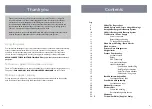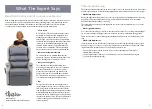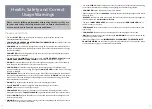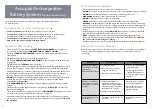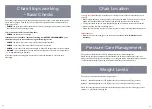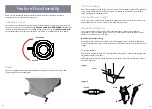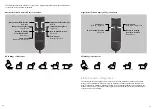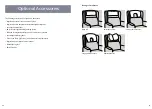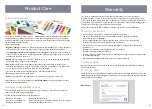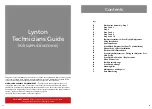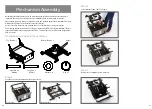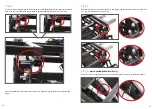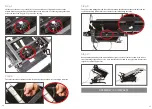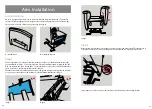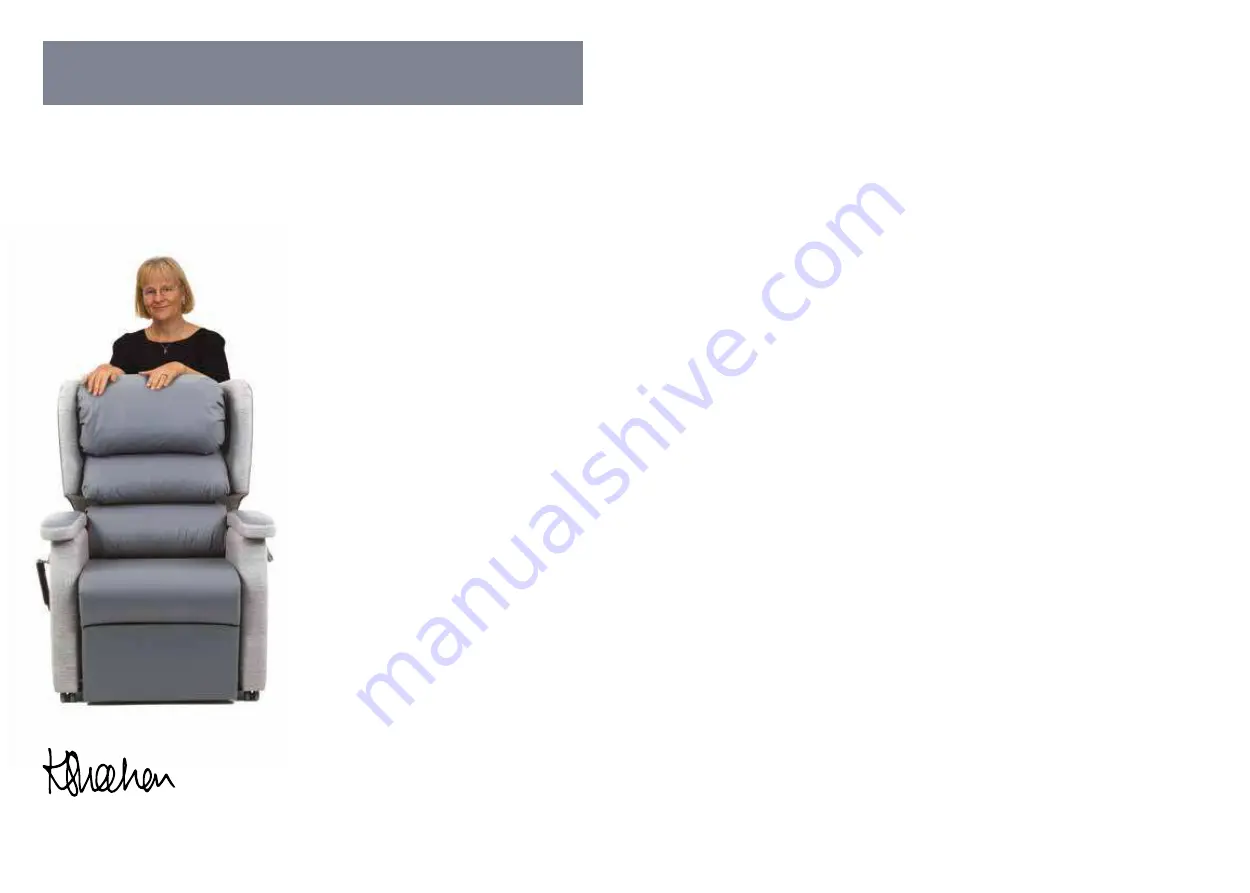
What The Expert Says
Kate Sheehan
Independent Occupational Therapist
4
5
• Tilt in Space
A Tilt in Space (TIS) movement allows the seat to
back angle to remain the same whilst the whole
seating system is tilted backwards. This ensures
that the angle of the hips, knees and ankles remain
unaffected and the weight on the Ischial Tuberosities
is reduced by redistributing the weight through
the back. It allows posture to be maintained and
pressure to be redistributed. This constant angle
also prevents shear and friction during movement.
• Independent Backrest Recline
This allows the user to maintain flexibility over
their body’s position, particularly the amount of hip
flexion, enabling them to maximise comfort.
• Independent Leg Rest
This offers the user additional flexibility over
positioning, allowing them to use it in conjunction
with the recline feature to create the optimal
posture for their body shape. Leg elevation can
support reduction in oedema and fluid retention.
This reduced fluid in the lower limbs allows a user
to maintain their standing and walking abilities.
• Rise
This provides the user with more independence,
supporting them as they rise to a standing position
from being seated. As the chair rises the seat tilts
forward slightly, transferring the weight to the knees
whilst taking away the pressure from the hips thus
allowing the user to walk away more easily from the
chair. On the Lynton 159 Kg (25 stone) model there
is VAL Technology which further aids the rise to
stand movement.
Postural positioning
The Lynton has functionality that can be used to alter some of the chair dimensions to aid a client’s
postural requirements. All of the following adjustments will be advised and made by your supplier.
• Seat Width Adjustment
Having the right seat width will support correct pelvic positioning and stability as well as reducing
any pressure areas especially around the hip joint. Always allow adequate room for natural
movement and different changes of clothing.
The seat width can be adjusted by swapping the arm rests to achieve a 483mm (19'') or 533mm
(21'') seat width.
• Seat Height Adjustment
Your client’s feet should be positioned so that they are flat on the floor, ensuring that their thighs
are in contact with the full length of the seat cushion to provide a comfortable sitting position.
There are two sets of optional feet adjusters available that can be used to raise the height of the
seat.
• Seat Depth Adjustment
It is important to ensure that the seat depth supports the client’s thighs throughout their length,
but not too long or too short so as to avoid pressure points at the back of the knees and on the
ischial tuberosities. On the Lynton this can be achieved in two ways:
-
The back rest can be located in either of two positions enabling an 457mm (18'') or
508mm (20'') seat depth.
-
Further adjustments of 25mm (1'') and 50mm (2'') can be accommodated by using the
optional seat depth adjuster pads.
Benefits of recline and tilt in space mechanisms
Both reclining and tilt systems can provide pressure relief, increase circulation, improve head, neck
and trunk control, improve functional posture and positioning, support safe transfers by various
means and minimise variations / fluctuations in the client’s muscular control. Below we have
considered some of the benefits of the movement features on the mechanisms:


